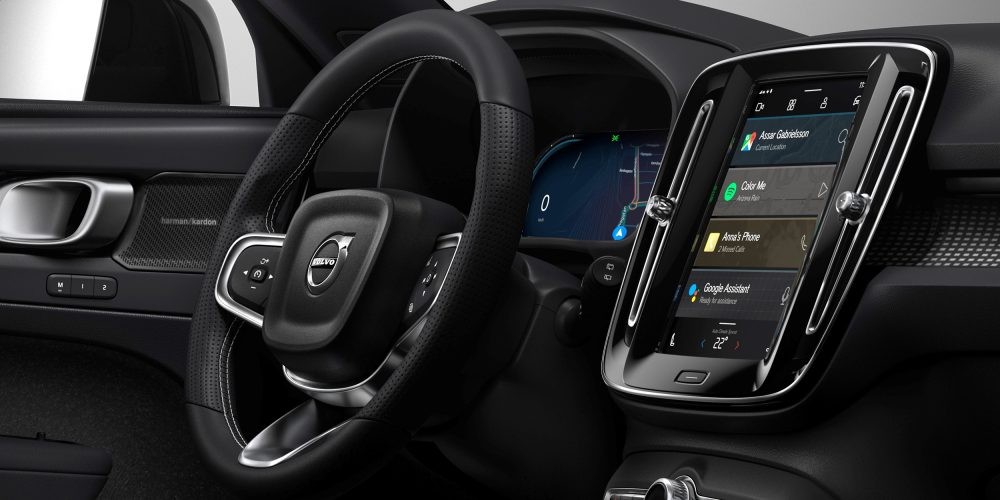- An Introduction to Self-Driving Car
- Machine Learning Algorithms and Techniques in Self-Driving Cars
- Localization for Self-Driving Cars
- Perception for Self-Driving Cars
- Hardware and Software Architecture of Self-Driving Cars
- Sensor Fusion for Self-Driving Car
- Self-Driving Car Path Prediction and Routing
- Self-Driving Car Decision-Making and Control System
- Cloud Platform for Self-Driving Cars
- Dynamic Modeling of Self-Driving Car
- Safety of Self-Driving Cars
- Testing Methods for Self-Driving System
- Operating Systems of Self-Driving Cars
- Training a YOLOv8 Model for Traffic Light Detection
- Deployment of Self-Driving Cars
Operating Systems of Self-Driving Cars | Self Driving Cars
An operating system is the brain of a system. An operating system of a self-driving car makes it intelligent to operate itself without any help from a driver. The operating system includes a highly reliable perception module that uses camera data to sense and estimate the environment surrounding the car using a large number of visual signals such as drivable road space, lane markings, traffic lights, and traffic signs, as well as moving impediments. It also uses a tactical-grade IMU combined with GPS and vehicle odometry to provide maximum scale accuracy of vehicle localization.

Electronic Control Units (ECU)
Electronic Control Units (ECU) combines a flexible architecture with a safety kit that can be readily customized to meet the processing power. In an ECU, many multicore processors interact across a secure and high-performance deterministic ethernet network. An ECU controls every component, from the engine to the windshield wipers, as well as every autonomous function, from steering to brakes.
Robotic Operating System (ROS)
The Robotic Operating System isn't quite an operating system. It's a combination of open-source robotics programming tools and a mature and flexible software platform. ROS offers the necessary tools for accessing sensor data, processing it, and generating a suitable response for the robot's motors and other actuators. The whole ROS system was built to be fully distributed in terms of computing, allowing several computers to participate in control operations and operate as a single unit. ROS is an ideal platform for self-driving cars.
Roles of OS in Self-Driving Cars
A self-driving car system is a complex and diversified environment in which several operating systems coexist. They even run on the same hardware parallel with one another. So the roles of the operating system in self-driving cars are indispensable. Among the numerous roles, some most common roles are discussed below.
- Sensing and estimating the environment surrounding the vehicle using a vase number of sensor data, including drivable road space, lane markings, traffic signals, and traffic signs, as well as moving objects like cars and people.
- Maintaining vehicle-to-vehicle communication allows self-driving cars to become aware of their surroundings and schedule driving commands to self-driving car computers accordingly.
- Analyzing in-vehicle telematics and maintenance data to predict and preventing issues before they become mechanical failures
- Detecting drifting, braking, and accelerating patterns help in navigating risky driving conditions.
- Improving security, encryption, access control, and fault tolerance at the kernel level
- Using machine learning algorithms to create an ideal driving model in which a self-driving automobile drives like a person instead of a robot.
- Driving you on the most efficient path to your destination

Most Commonly Used OS in Self-Driving System
QNX Neutrino
BlackBerry’s QNX Neutrino claims that they’re building a connected car operating system along with secure, scalable, and trusted software solutions for self-driving cars. Almost 40 automakers companies including Ford, Acura, BMW, and Audi are using QNX.
WindRiver VxWorks
WindRiver VxWorks operating system enables automakers to build autonomous platforms that are safe, secure, and dependable. The ISO 26262 safety standard has been met by this operating system. Toshiba, BMW, Ford, and many other companies are using it.
DriveWorks Alpha
DriveWorks Alpha 1, a self-driving car operating system, was unveiled by NVIDIA. New updates in the framework for autonomous driving are occurring continuously. Tesla, Mercedes-Benz, Audi, Veoneer are among the 370 automakers who are using DriveWorks.
Interity
Interity is based on a partitioning design that allows embedded developers to verify that their programs fulfill the strictest security, reliability, and performance criteria.
Mentor Nucleus OS
Mentor Nucleus OS is built to provide the low-latency, high-accuracy sensing that Level 5 autonomous cars demand. It helps system designers to meet the demanding criteria of embedded designs. Nucleus combines kernel-level capabilities with tooling features that make it suited for autonomous applications.
Other tech giant companies are also coming to the industry. Apple, Microsoft, and Google are working on developing their own autonomous vehicle operating system.
Conclusion
The self-driving vehicle operating systems are not enough mature yet. Nevertheless, It is improving and becoming stronger. These systems must be certified in order to provide a certain degree of safety and security. Developers are striving to improve the safety and security of these systems.
Thank you for reading the article. Hope now you have a clear understanding of the operating systems of self-driving cars. If you have any suggestions regarding the article you can comment below. Your comments are always important to us.